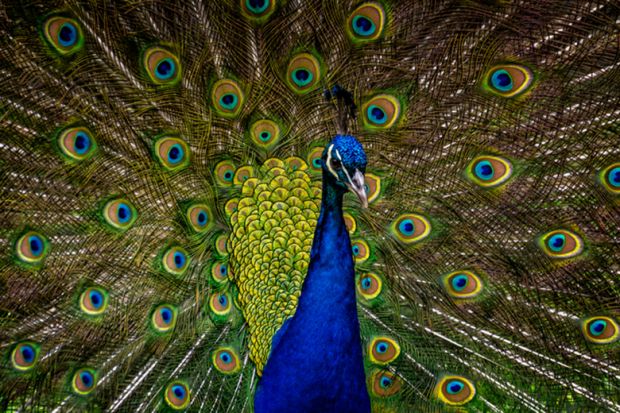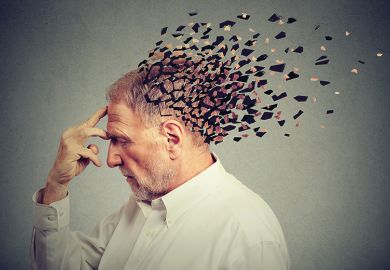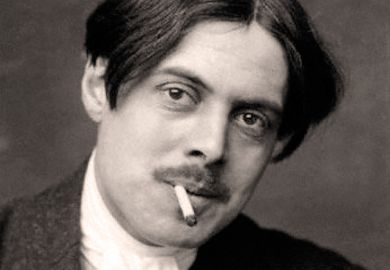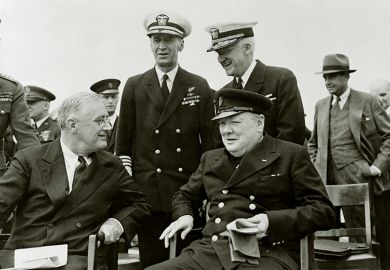Attraction is often regarded as a matter of personal taste. Swathes of poetry have been written on the perception of beauty: some beautiful, some terrible. It’s the way our brains tell the difference that has its genesis in the evolution of attraction.
This is a hugely enjoyable book written with authority, easy charm and a great deal of wit. Michael J. Ryan summarising his, not unimpressive, career as “forty years studying the sexual behaviour of a tiny, bumpy frog in Central America” is one such gem; contrasting the words of Donald Rumsfeld with Dr Seuss while pondering the development of sexual beauty and mate preference is another. This is science communication as it should be done: authoritative but never dull, engaging but never dumbed down. I’m in danger of straying into the territory of bad puns, but it really is a beautiful book.
One of the most compelling arguments comes right at the start, where a distinction is drawn between sex and most other biological functions such as eating and sleeping. Such activities are largely functional and just happen. But Ryan argues that sex is something different, supported by a variety of physical traits as well as complex rituals and courtship behaviours that can be found right across the animal kingdom. As ever, we humans like to think that our characteristics are unique or special, but here we seem to be following the same pattern as other animals.
The role of these adaptations and behaviours is to increase the chance of mating and thus producing offspring – the ultimate aim of evolution. Darwin was the first (isn’t he always?) to ponder the role of sexual attraction in evolution, and his theory of sexual selection elegantly explained why animals develop shimmering colours, elaborate tails or bewitching calls, arguing that they have an innate sense of beauty. This creates a sexual arms race that selects for ever more extravagant displays.
While Darwin was able to explain why many animals evolved to be beautiful, he ran into a dead end when it came to how they evolved. Understanding how animals perceive and respond to beauty is the central issue explored throughout the book. Using a dazzling range of examples (do take a moment to google the peacock spider; it will brighten your day), Ryan builds a persuasive case for the role of the brain as the crucial control mechanism that drives the evolution of beauty.
This link between beauty and evolutionary success is based specifically in the brains of females, which gives them the role of “biological puppeteers”, essentially driving the development of “beautiful” traits in males. Once again the accoutrements of human cultural adaptation can be explored and understood from this perspective. The epilogue is especially thought-provoking and flags up several unanswered questions on, for example, gender and the inherent nature of beauty that will leave the reader pondering the dynamics of beauty and attraction long after putting the book down.
So it turns out that Shakespeare was wrong when he said “beauty is bought by judgement of the eye”. Attraction is rather the domain of the little grey cells.
Simon Underdown is senior lecturer in biological anthropology at Oxford Brookes University.
A Taste for the Beautiful: The Evolution of Attraction
By Michael J. Ryan
Princeton University Press
208pp, £22.95
ISBN 9780691167268
Published 7 February 2018
POSTSCRIPT:
Print headline: In the brain of the beholder
Register to continue
Why register?
- Registration is free and only takes a moment
- Once registered, you can read 3 articles a month
- Sign up for our newsletter
Subscribe
Or subscribe for unlimited access to:
- Unlimited access to news, views, insights & reviews
- Digital editions
- Digital access to THE’s university and college rankings analysis
Already registered or a current subscriber?







